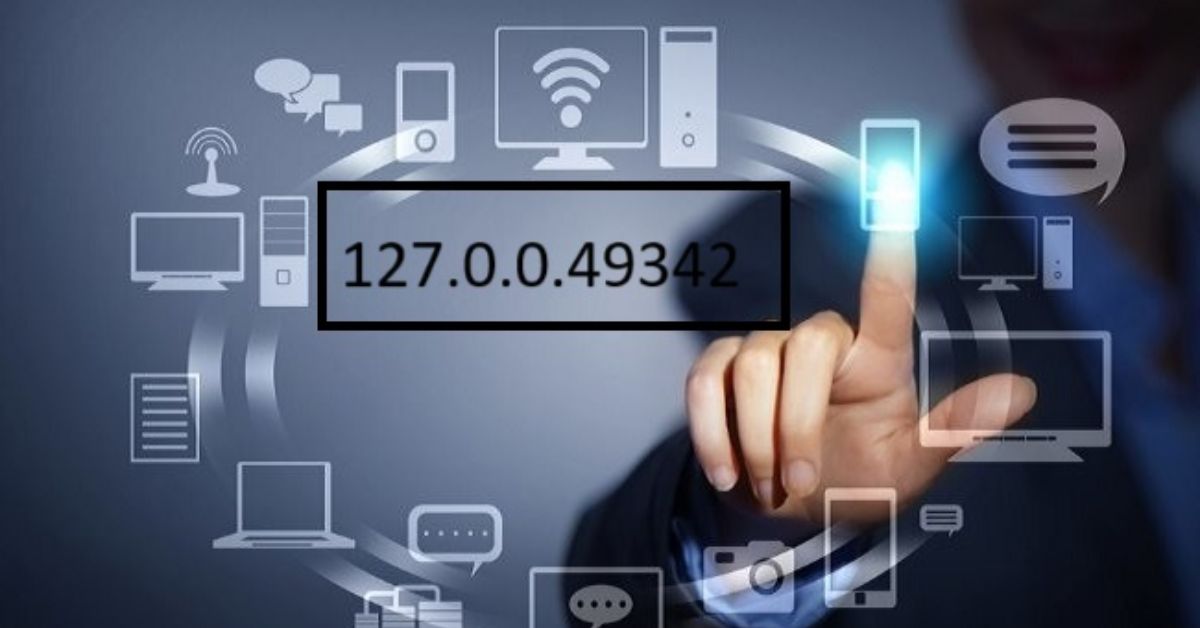Are you staring at your screen, puzzled by the 127.0.0.1:49342 connection error? You’re not alone! This frustrating hiccup can occur while trying to access various applications or services on your device. Whether you’re a seasoned techie or just someone trying to get things done, this guide is here to help you navigate through the maze of troubleshooting steps.
Imagine being ready to dive into an exciting project only to be met with a wall of connectivity issues. It’s enough to make anyone feel stuck in a digital limbo. But fear not! With our ultimate troubleshooting guide for the 127.0.0.1:49342 connection error, you’ll learn how to identify what’s gone wrong and how to fix it swiftly.
Let’s roll up our sleeves and tackle this issue together—step by step—for a smoother online experience ahead!
Understanding the 127.0.0.1:49342 Connection Error
The 127.0.0.1:49342 connection error can be a perplexing experience for users. At its core, this issue often arises from your computer attempting to communicate with itself through the localhost IP address, 127.0.0.1.
The number following the colon—49342—represents a specific port used by an application for data transfer and communication purposes. When things go awry at this address, it disrupts the flow of information between your applications or services.
Commonly seen in networked apps or during development processes, this error signals that something is blocking access to that local resource. Understanding these elements helps demystify why you’re encountering the problem in the first place and sets you up for effective troubleshooting ahead!
Causes of the Error
The 127.0.0.1:49342 connection error often stems from issues within your local network setup or software conflicts.
When you connect to this address, you’re essentially communicating with your computer itself, which can lead to complications if something goes awry in the configuration.
A common cause is incorrect proxy settings that interfere with internal connections. These settings can be accidentally altered during updates or installations.
Another frequent culprit is firewall restrictions that block local traffic due to perceived threats, disrupting access even on a localhost level.
Software applications may also conflict when they try to use the same ports simultaneously. This overlap leads to confusion and errors in establishing a stable connection.
Outdated drivers can impede communication between your device and programs reliant on network functionality, resulting in frustrating connectivity issues.
